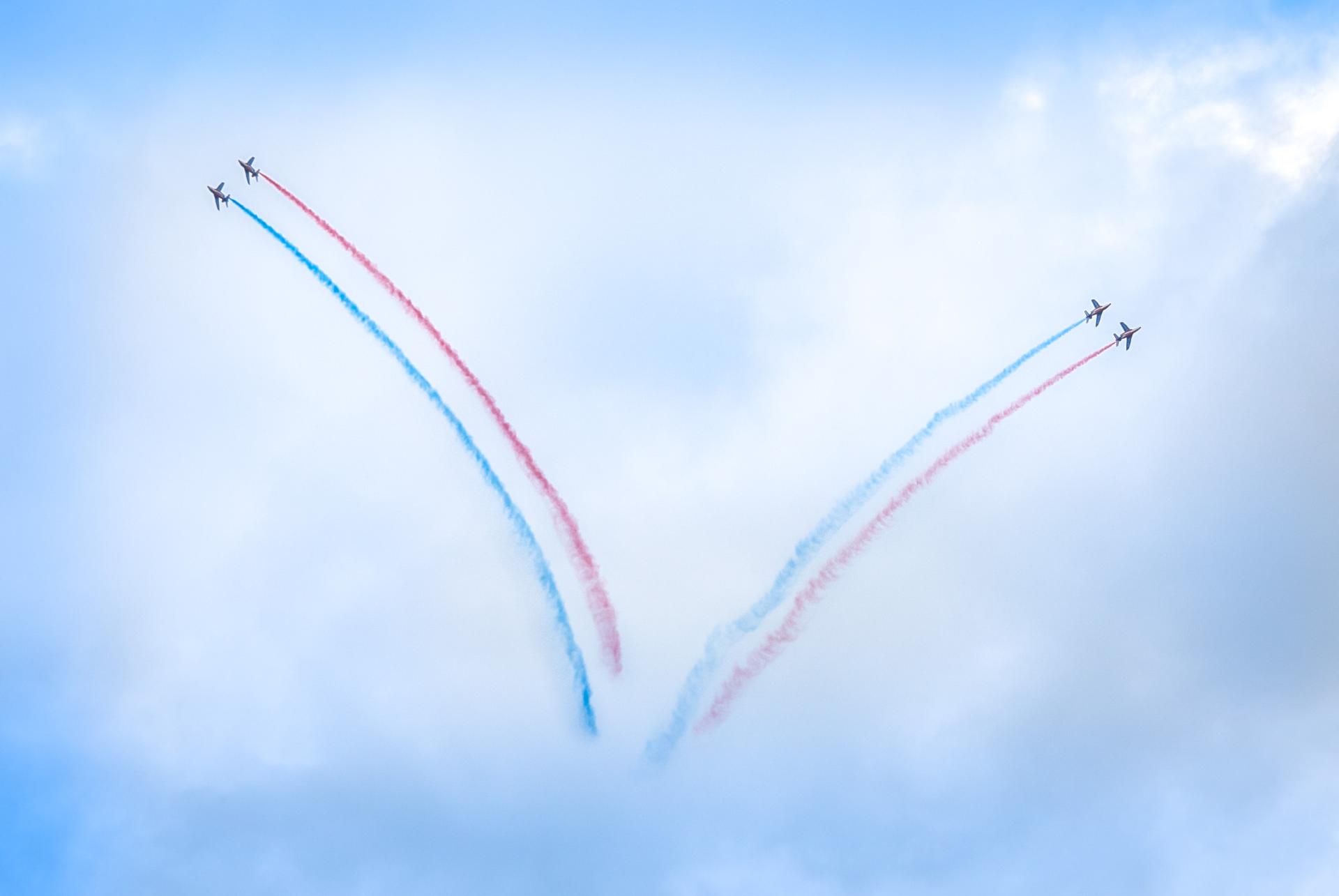Image

HISTORY
The history of Aviation Sans Frontières
On September 8, 1968, two Air France pilots, Jean-Marie Chauve and André Gréard, accompanied by a flight engineer, Michel Diou, boarded an L1049G Super Constellation, the F-BRAD, on the Tarmac of Orly.
The four-engine cargo plane, made available by Air Fret, included in its bunkers 10 tons of food and 50 kg of medicine that would have to be transported to Nigeria, in the Region of Biafra, then devastated by a civil war that ended in January 1970.
This operation is coordinated by the French Red Cross, which has been mandated by the French government to help civilian populations who are victims of the war.
Overview of a village in Biafra

During this operation, the "pilots without borders" transported more than 300 tons of food, medicine and clothing. They also rescued more than 350 children and transported them to Gabon to help them escape the terrible famine then raging in that region.
After this first mission, other similar operations followed one another, such as in Bangladesh in 1972, in the Sahel in 1974 and in Upper Volta (now Burkina Faso) in 1979. Nothing is then structured and these interventions are organized in a spontaneous and artisanal way

Faced with these outbursts of solidarity, an Air France pilot, Gérald Similowski, is "desperately trying to make (himself) useful" and imagines creating a structure to bring together air resources and goodwill to support NGOs and meet their needs for travel and transport on the ground.
He decided to talk to André Gréard who then chaired the National Union of Airline Pilots (SNPL). The latter welcomed this idea with great enthusiasm and Gérald Similowski, supported by other Air France pilots, including Alain Yout, sent a questionnaire to all airline flight crew. The message is concise and challenging:
"Why not give a few days of vacation for the good cause?" They receive more than 800 responses and decide to structure themselves into an association.
André and Gérald
Their intuition leads them to Médecins Sans Frontières to offer them their skills. Their discussions quickly led to a partnership at the service of humanitarianism.
On March 4, 1980, the association "Aviation Sans Frontières" was born.
Its founder specifies "We could have called ourselves pilots without borders but it would have been too reductive. From the beginning, we wanted to involve all aviation personnel, both flying and ground-based."
The DNA of the association is quickly constituted: "a humanitarian association complementary to other associations, and specialized in air transport".
The first "Light Aircraft" mission was organized at the end of 1980, in Uganda for the benefit of Médecins Sans Frontières. From there, humanitarian pilots and mechanics will mobilize in the service of the poorest around the world. This will be the case in Honduras in 1981 (100 hours of flight, 200 passengers, 8 tons of medicines), in Zaire in 1982 (420 hours of flights, 500 passengers, 10 tons of medicines) and in the Central African Republic in 1982 (294 flight hours, 330 passengers, 12.5 tonnes of medicines).
Our Britten Norman BN2 F-ODSF in 84 in operation in Tchad
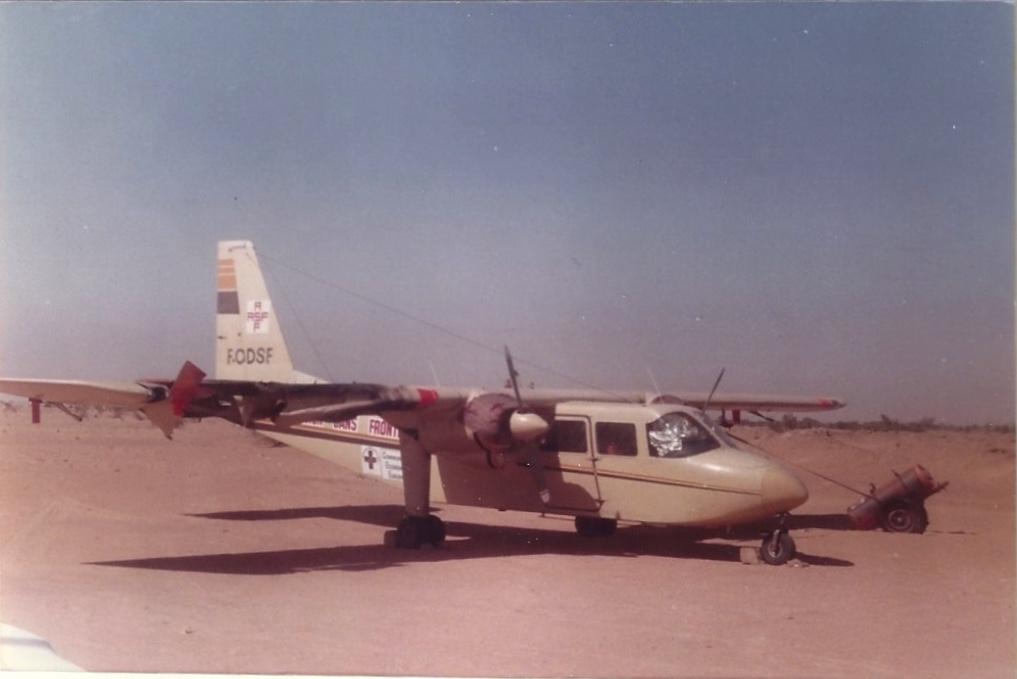
The meeting of an Air France and a couple, about to adopt a Haitian child, gives birth to a new mission. The sailor offers them to use her tickets at a reduced rate, to facilitate the arrival of the child in France. Thus, in 1982, Aviation Sans Frontières created the mission "Les Cigognes", later renamed "Accompaniment of Sick Children".
Today, Aviation Sans Frontières only takes care of children in need of emergency care.
In 1985, a few days after the installation of Aviation Sans Frontières in its first premises, a package was placed on a table with a request for delivery. One of the captains takes care of the dispatch and triggers, without suspecting it, a new mission. This is how the "Pelicans" mission was born. It will be renamed "Colisage" in 1991, then "Medical Messaging" in 2008.
The "Humanitarian Freight" was created that same year to allow shipments that did not meet the standards imposed by the "Medical Courier" (10 packages of 8 kg per theft of medical equipment and medicines only).
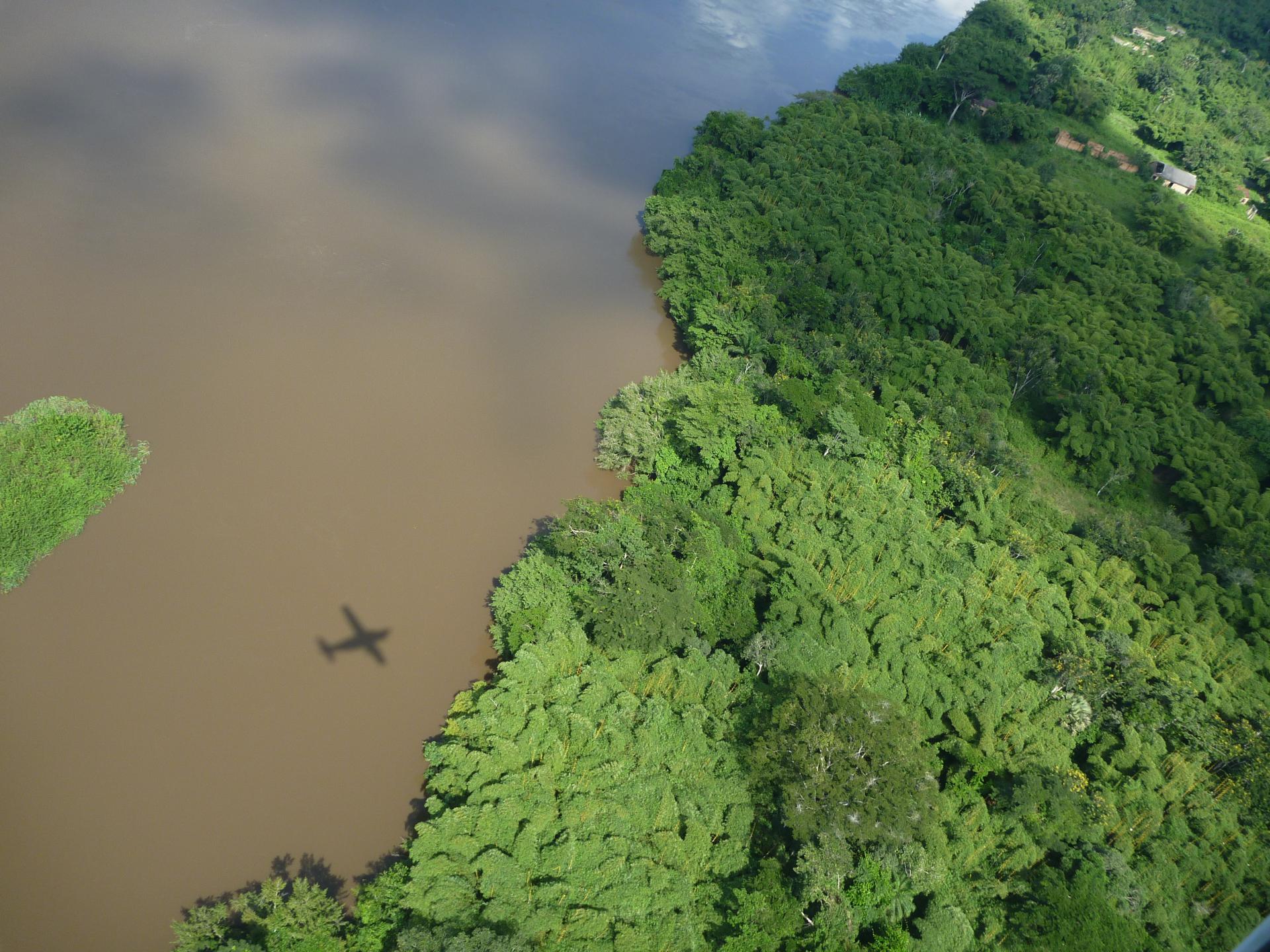
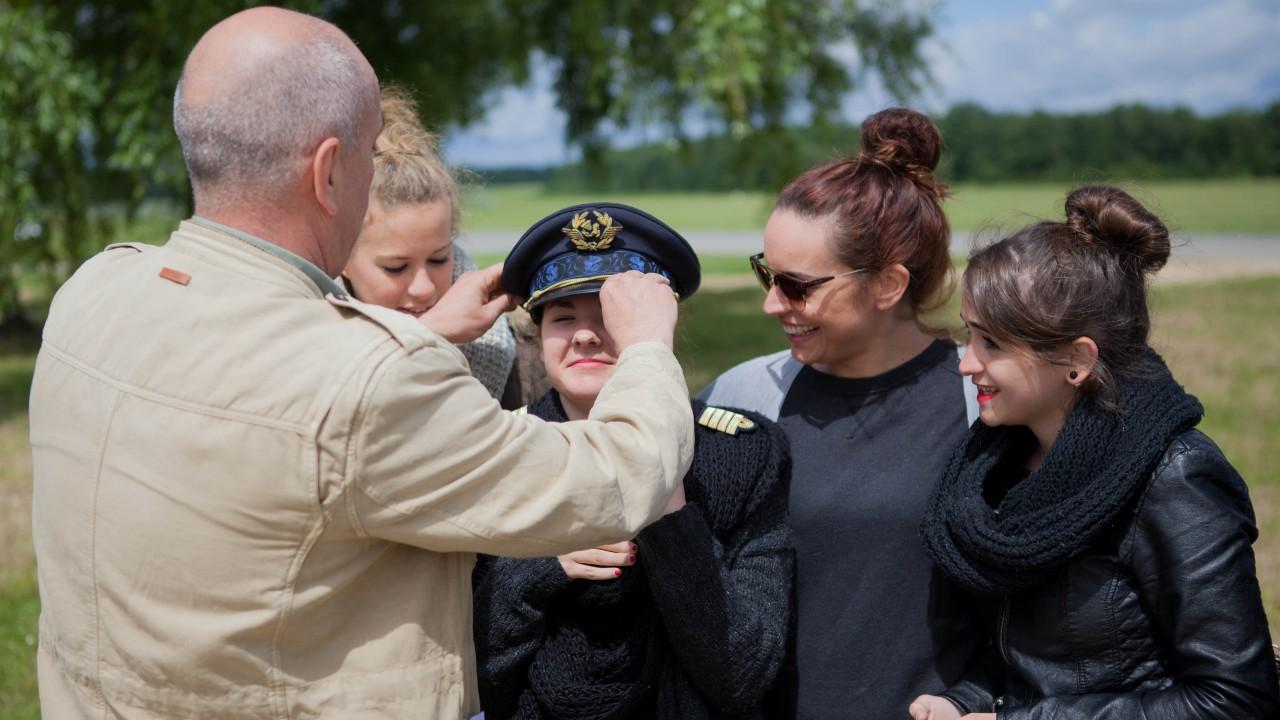

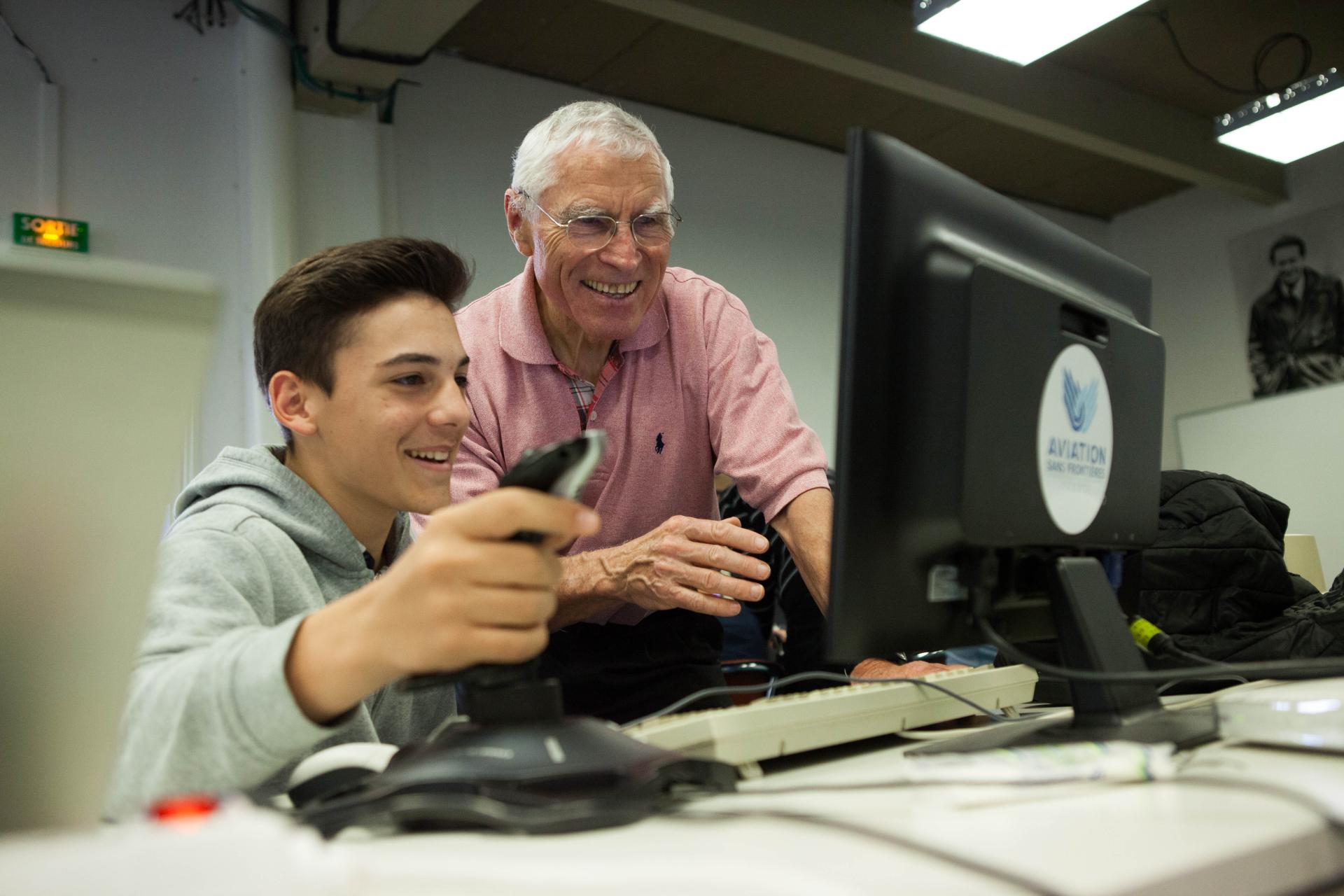
On December 21, 1989, our Britten Norman F-OGSM was shot down in South Sudan (AWEIL).
On board are Yvon Féliot, pilot of Aviation Sans Frontières, Jean-Paul Bescond, doctor, and Laurent Fernet, logistician, both working for Médecins Sans Frontières (MSF) as well as Frazer Ariyamba, technician of the World Food Programme (WFP). None of them survive.
In 1994, on a mission in Cambodia, our Cessna 206 received a projectile fatally hitting the Malaysian agricultural engineer sitting next to the pilot.
In 1994, Aviation Sans Frontières created its first mission reserved exclusively for the France, "Les Ailes du Sourire".
The objective of this mission is to enable people with disabilities to realize their dream: to fly.
The mission developed rapidly and started with the creation of three regional delegations: Occitanie-Toulouse in 1999, South-East in 2000 and West in 2003.
In 2006, the NGO signed a partnership with the International Organization for Migration (IOM) to accompany refugees to their new host country. Thus began, in 2007, the mission "Accompaniment of Refugees".
The first refugees that Aviation Sans Frontières volunteer escorts take care of are Bhutanese forced to leave their country in the 1990s following the application of a citizenship law preventing people of Nepalese origin from living in Bhutan.
In 2007, Aviation Sans Frontières created its second mission in France, "e-Aviation".
Its objective is to raise awareness among young people in associations as well as primary, middle or high school students about the aeronautical environment, the trades and the sectors that lead to it.
This day of meeting also allows young people to discover the piloting of an aircraft through the use of the Flight Simulator software.
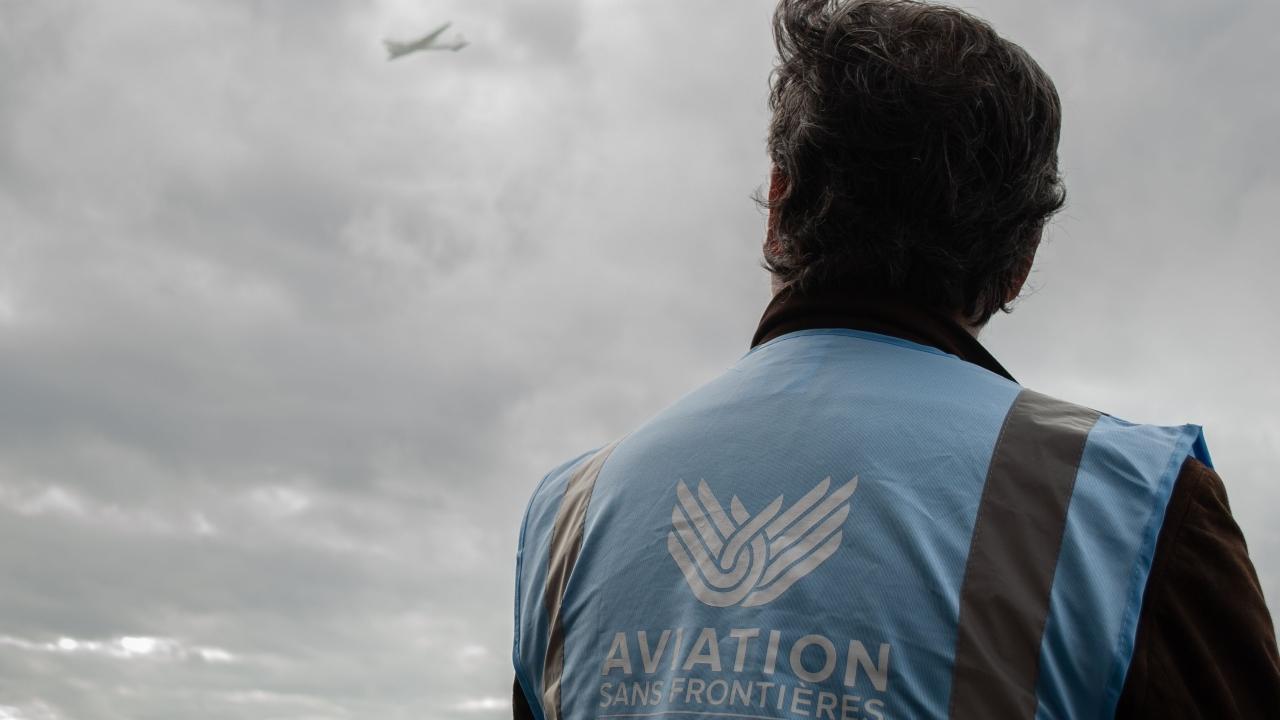
As it has developed, the NGO has positioned itself as an essential link in the humanitarian chain.
Thus, in 1993, the action of Aviation Sans Frontières is recognized as a public utility in France.
In 2005 the NGO became a partner of the Economic and Social Council of the United Nations.
In 2012, Aviation Sans Frontières is the first NGO to obtain a European AOC (Air Transport Certificate).
In 2014, Aviation Sans Frontières became a partner of the European Commission's Directorate-General for Humanitarian Aid and Civil Protection.
In 2015, Aviation Sans Frontières deployed its activities in Guinea to participate in operations to fight the Ebola virus. The NGO then becomes the only operator to transport humanitarians to contaminated regions, being also able to transport infected people thanks to a negative pressure stretcher, specially designed for this operation.
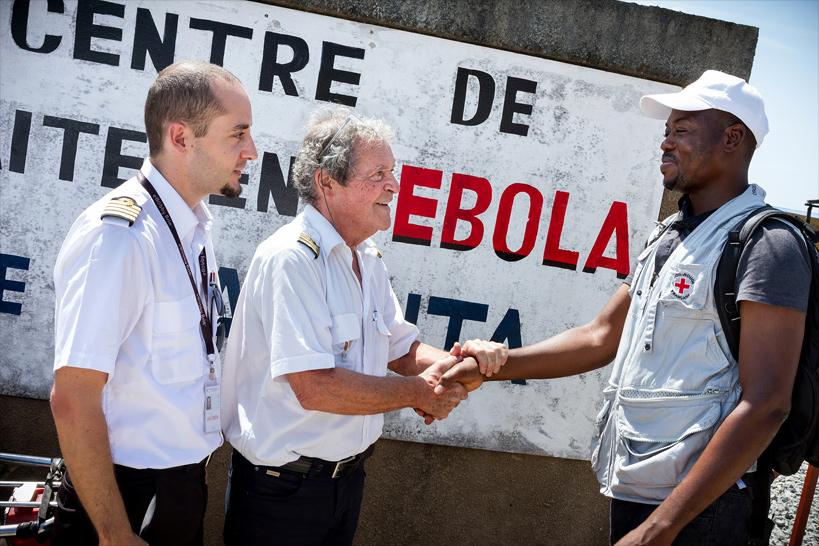
In 2020, as part of the health crisis related to Covid-19, the association is launching an internet platform to support healthcare staff to enable them to be transported as close as possible to saturated establishments in the most heavily affected areas.
In 435 flight hours, more than 420 passengers were transported quickly and comfortably by plane across the France. For these exceptional operations, 26 different operators were used as well as 65 pitches in France, Switzerland, Luxembourg and the United Kingdom.
In the wake do not forget the PNC
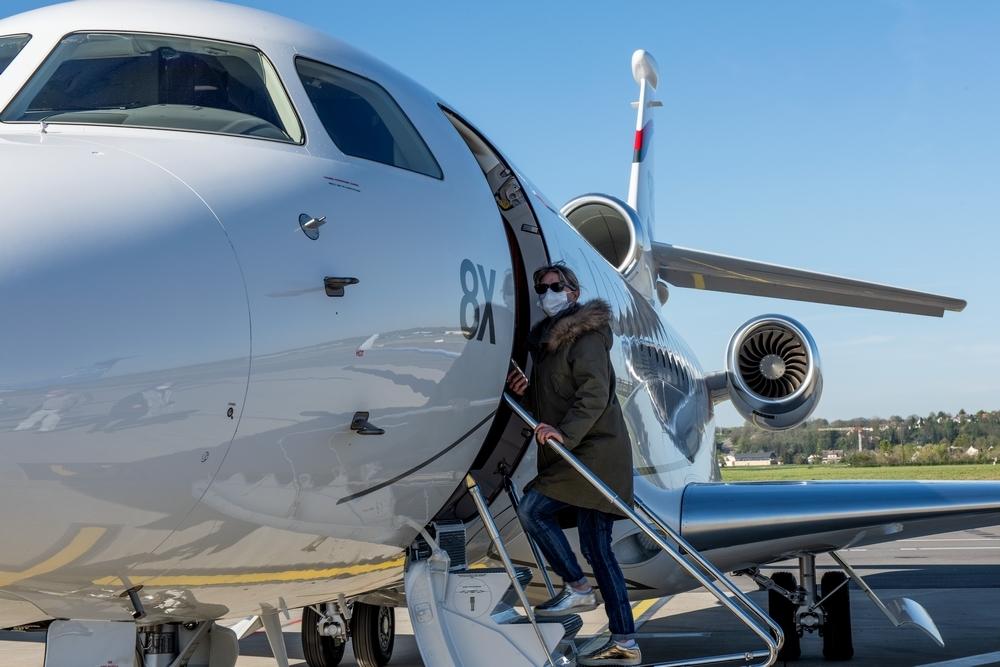
In 2021, Aviation Sans Frontières is decorated with the Aeronautics Medal for the promotion of January 1, 2021. This distinction is a strong symbol for the association, since it crowns the efforts of all our volunteers.
